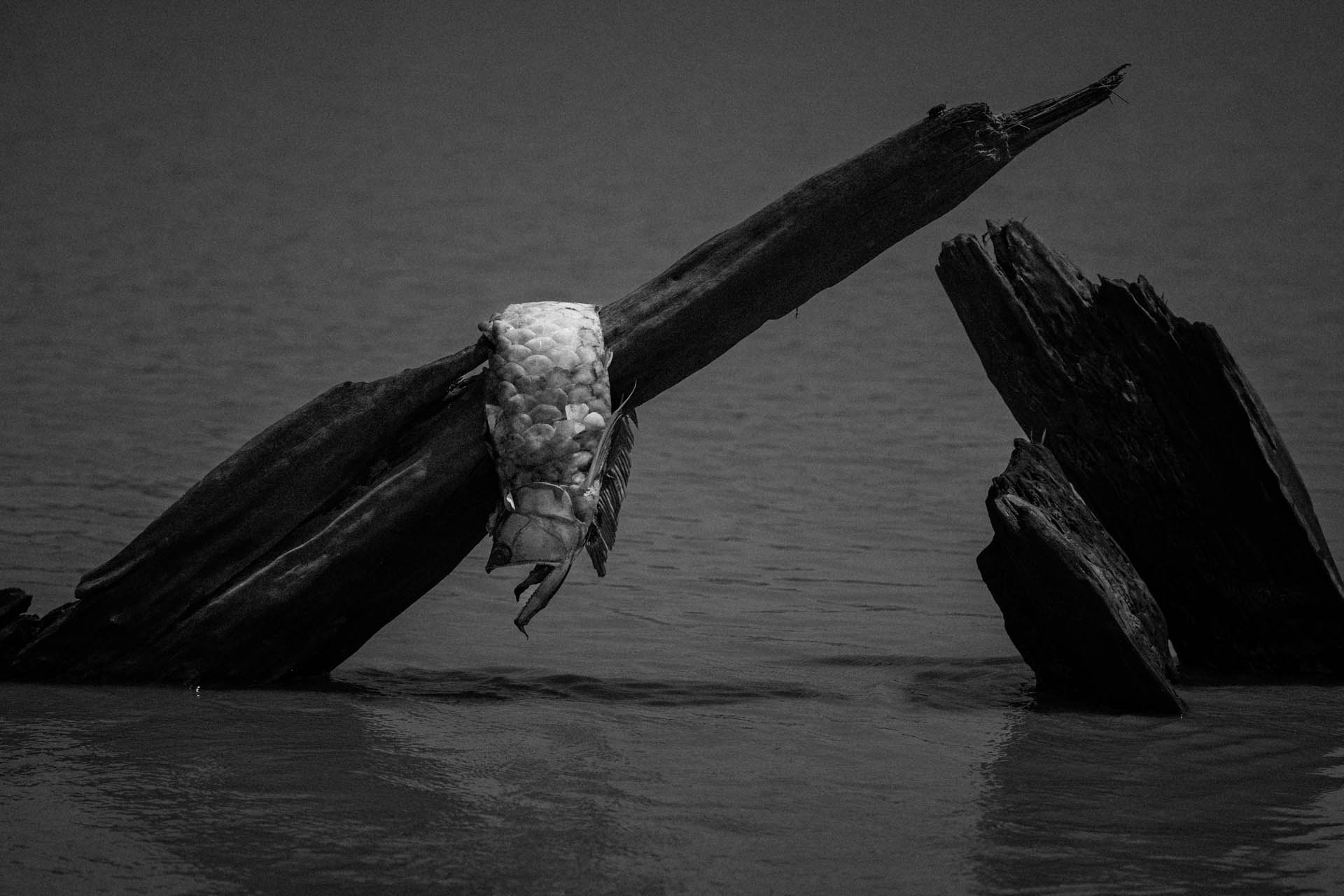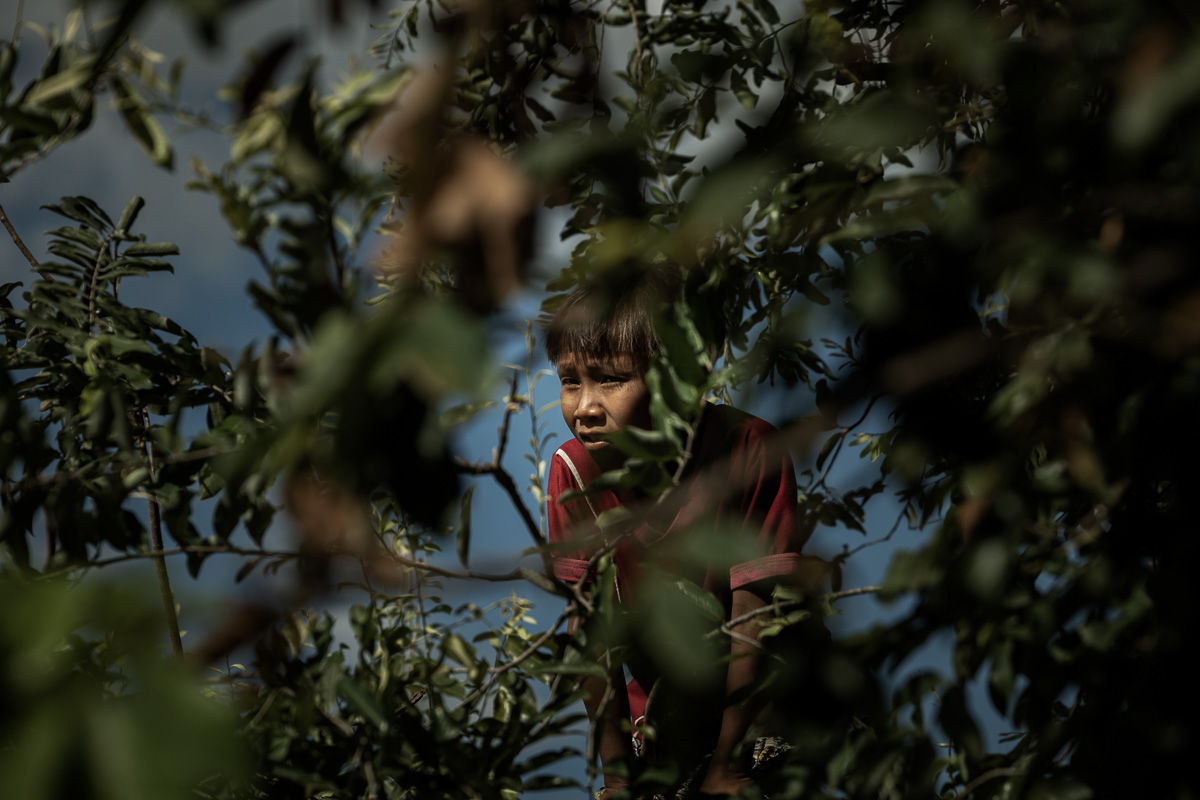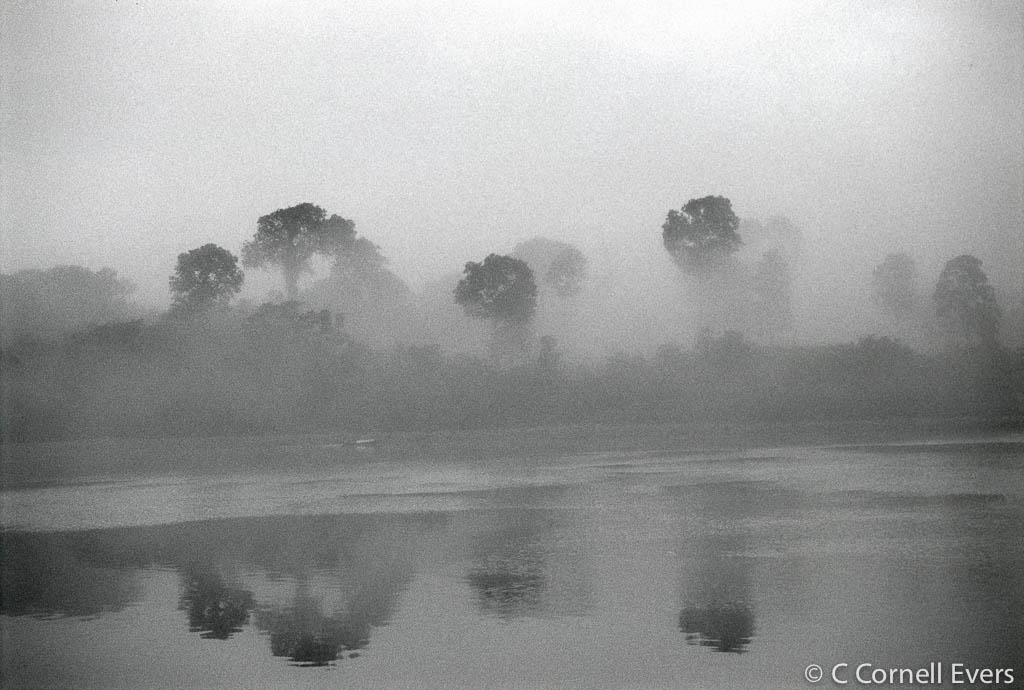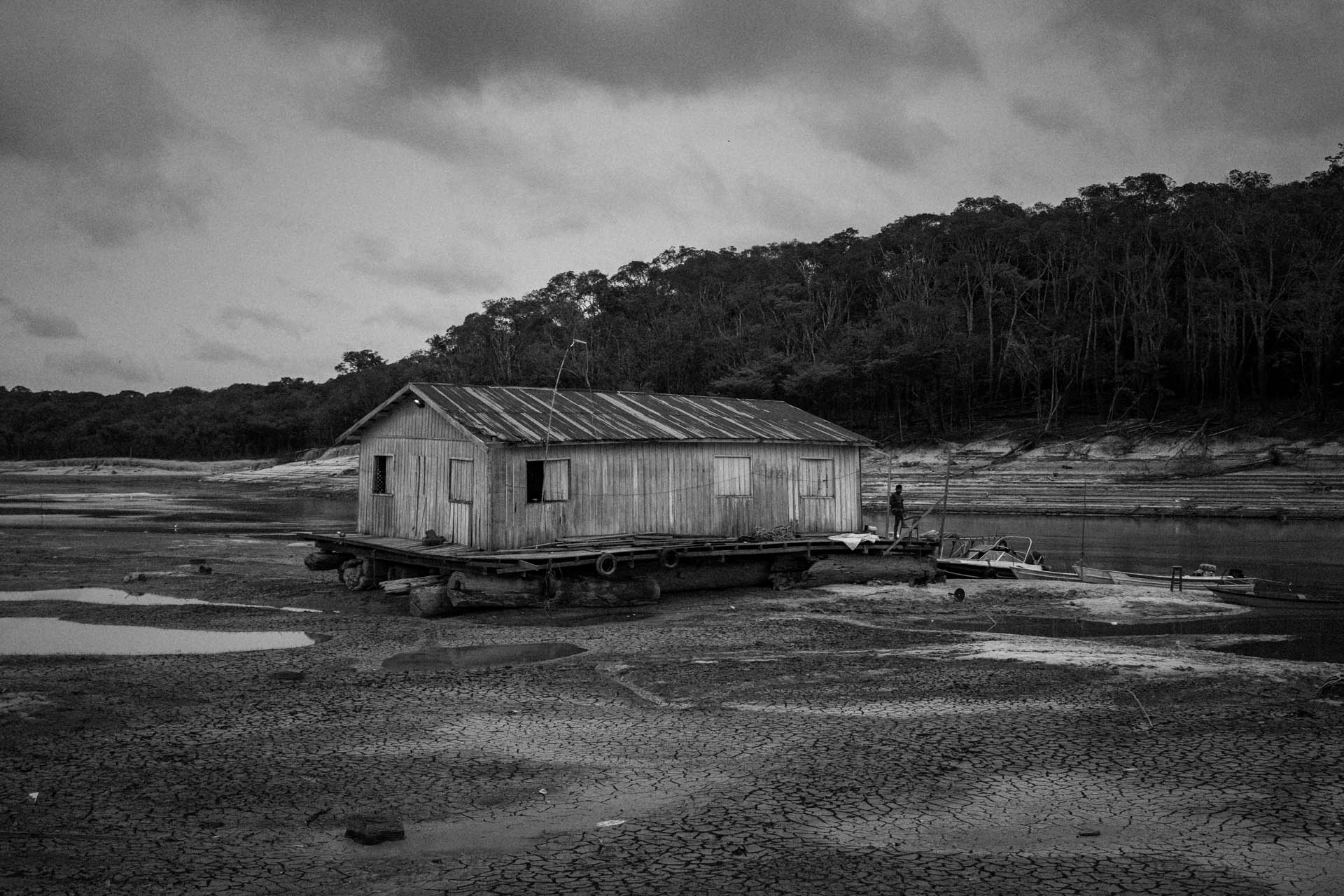Photography © Raphael Alves
![]()
When the river of my childhood runs dry/Quando secar o rio da minha infância
by Raphael Alves, January 20, 2024
The drought that occurs every year in the Amazon region has this time left Brazil’s largest state (Amazonas) and most of the Amazon in a state of emergency. The 62 municipalities have suffered from the drought, affecting the lives of more than 600,000 people. All this, two years after the biggest flood in history. In other words, extreme events are becoming more frequent due to climate change and the impact of unbridled human activity.
The damage was felt by the inhabitants of the Amazon region. High temperatures, sandbanks that formed in the middle of rivers, isolating communities and riverine settlements.
This year’s drought reached the historic mark of 12.70 meters, according to a record made at the port of Manaus on October 27, the lowest level since measurements began 121 years ago. According to the National Center for Natural Disaster Monitoring and Warning, rainfall from June to August was below average for the period. Experts point out that two main factors inhibited the formation of clouds and, consequently, rainfall: the El Niño phenomenon, characterized by an abnormal warming of the Pacific Ocean, and climate change.
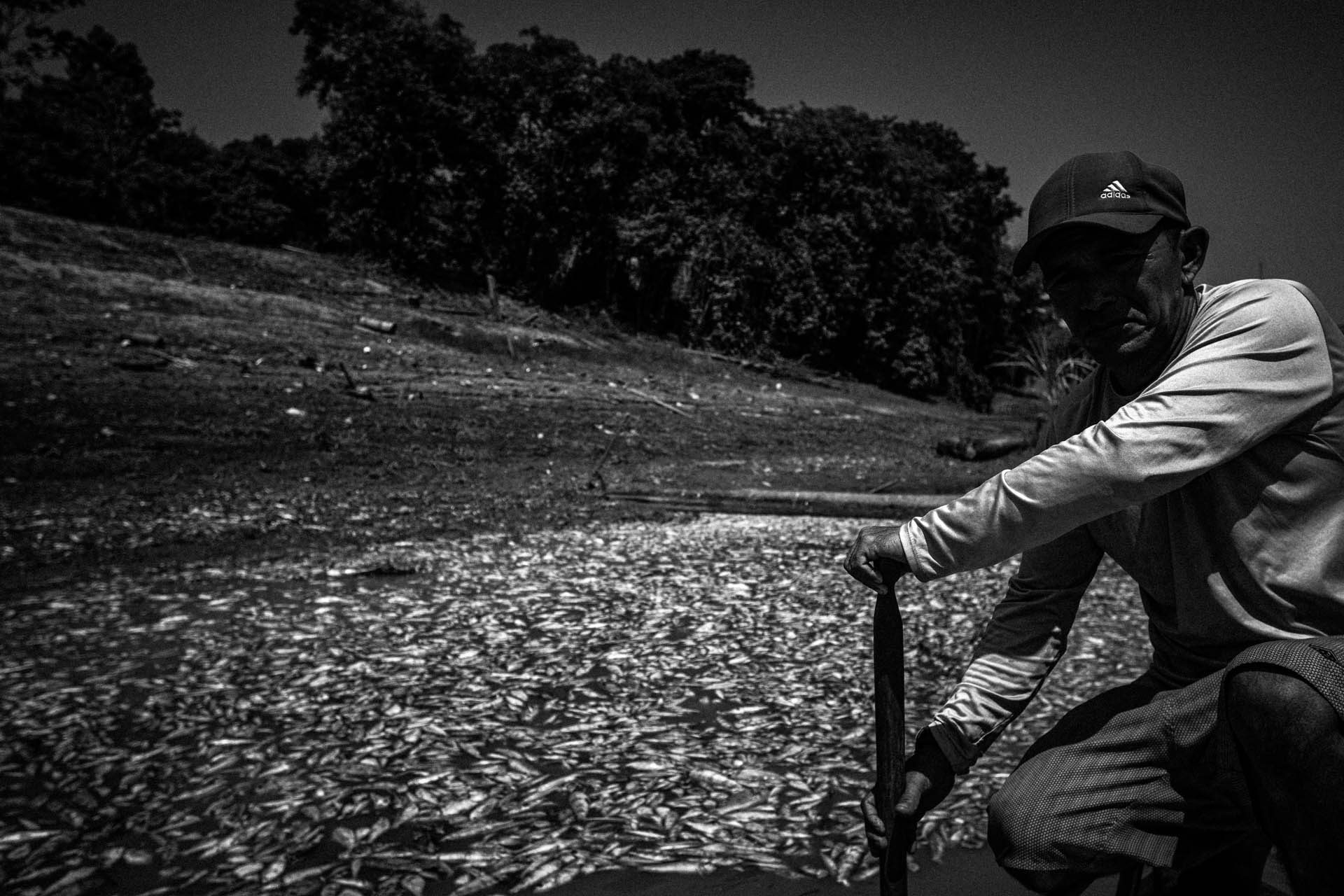
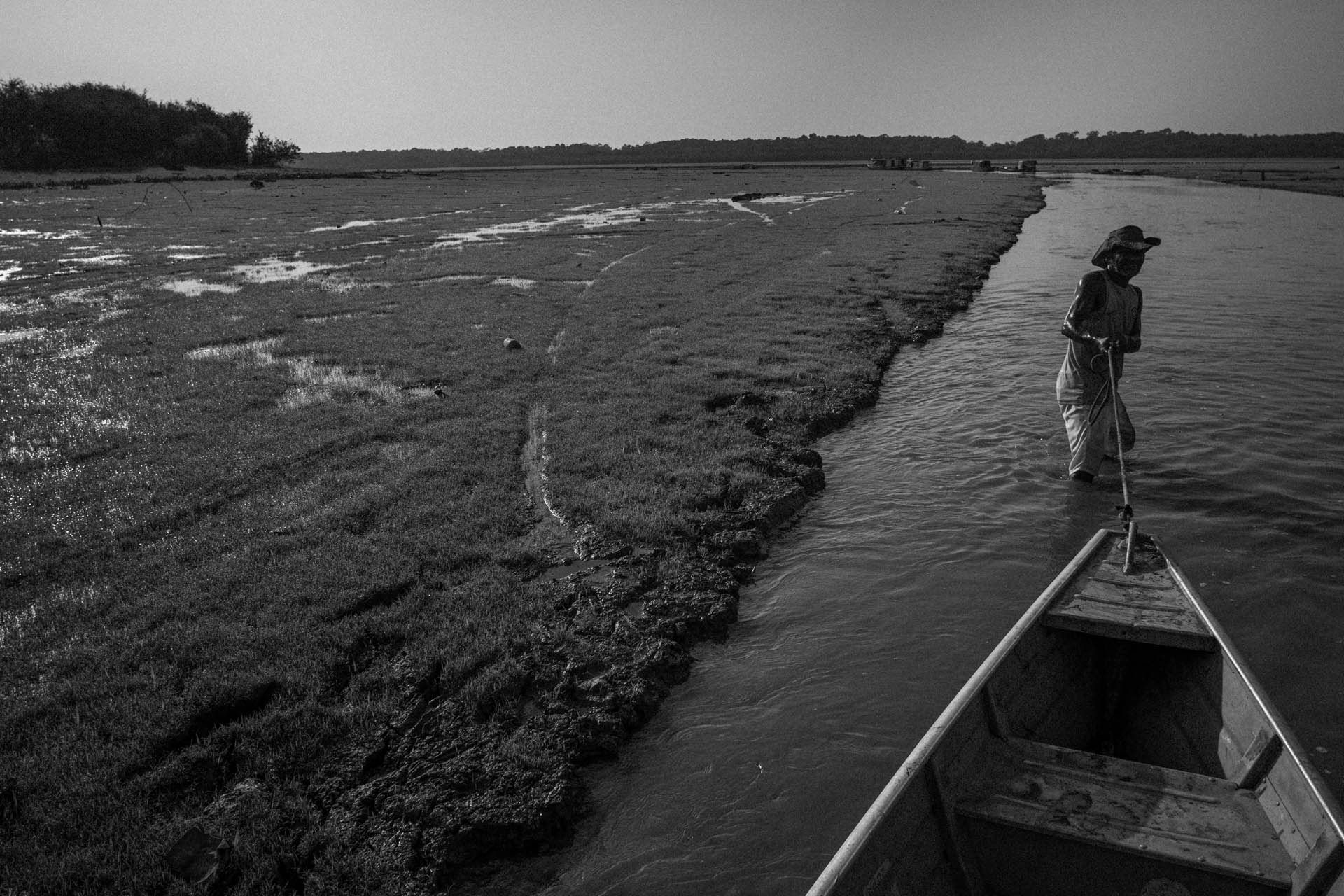
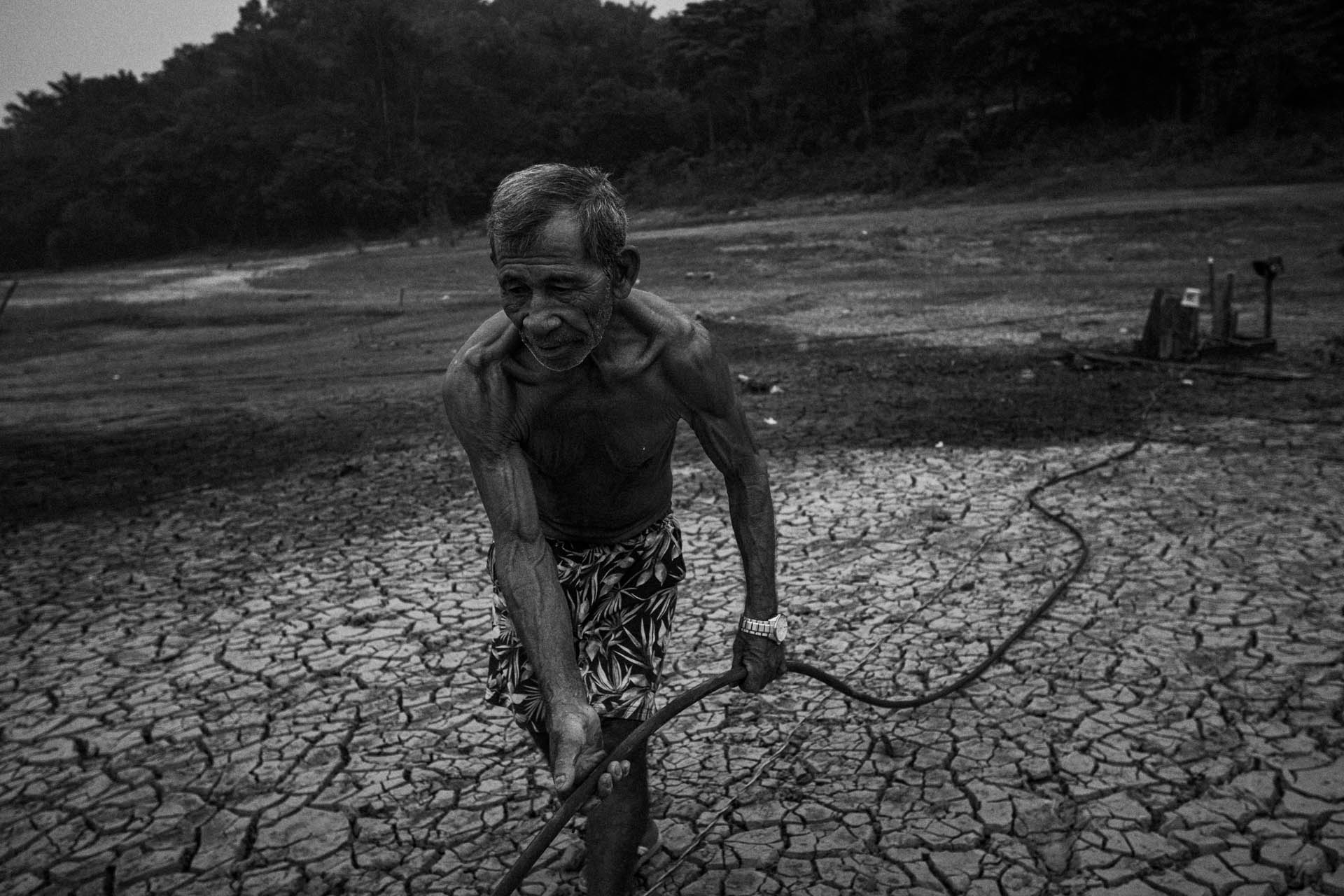
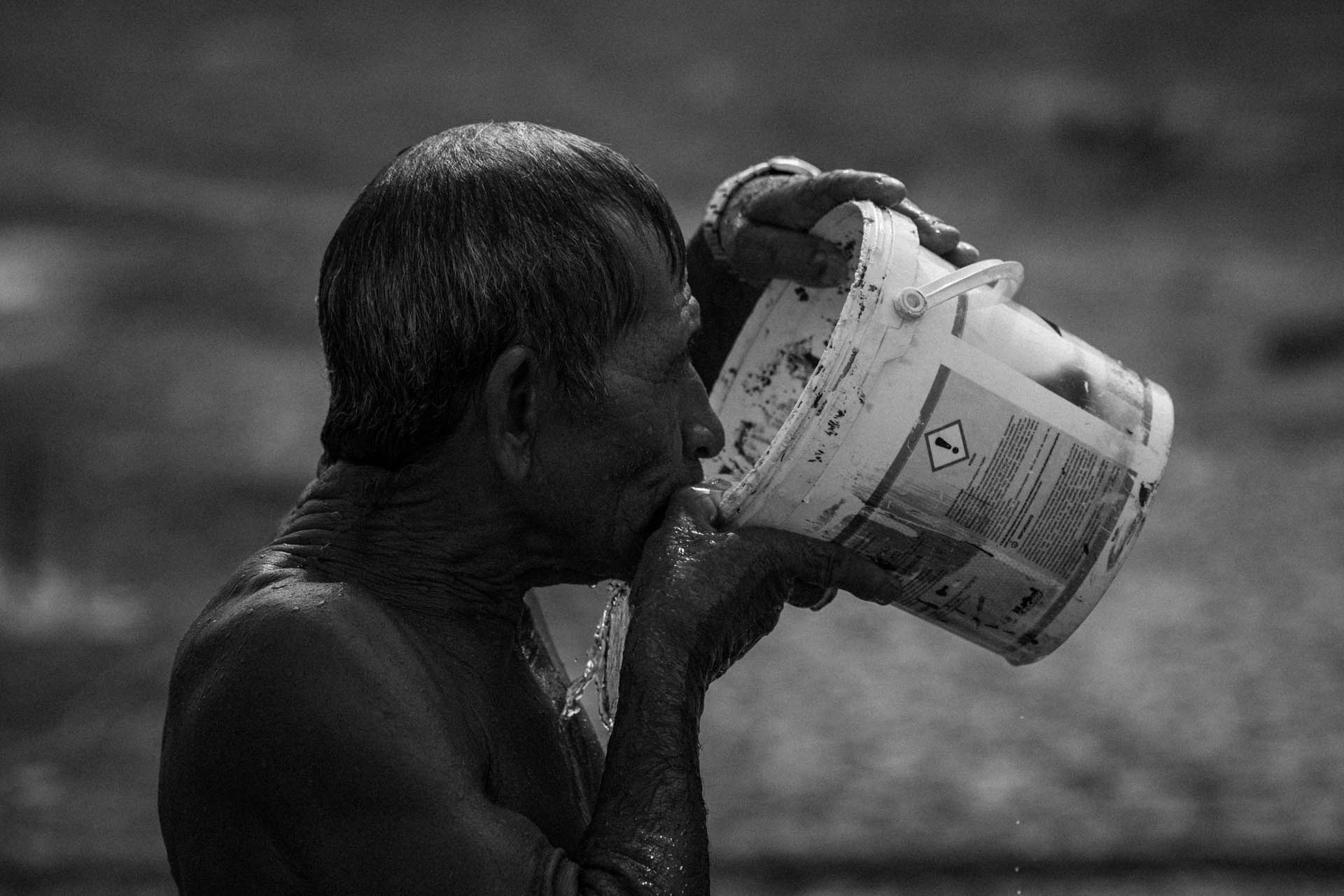
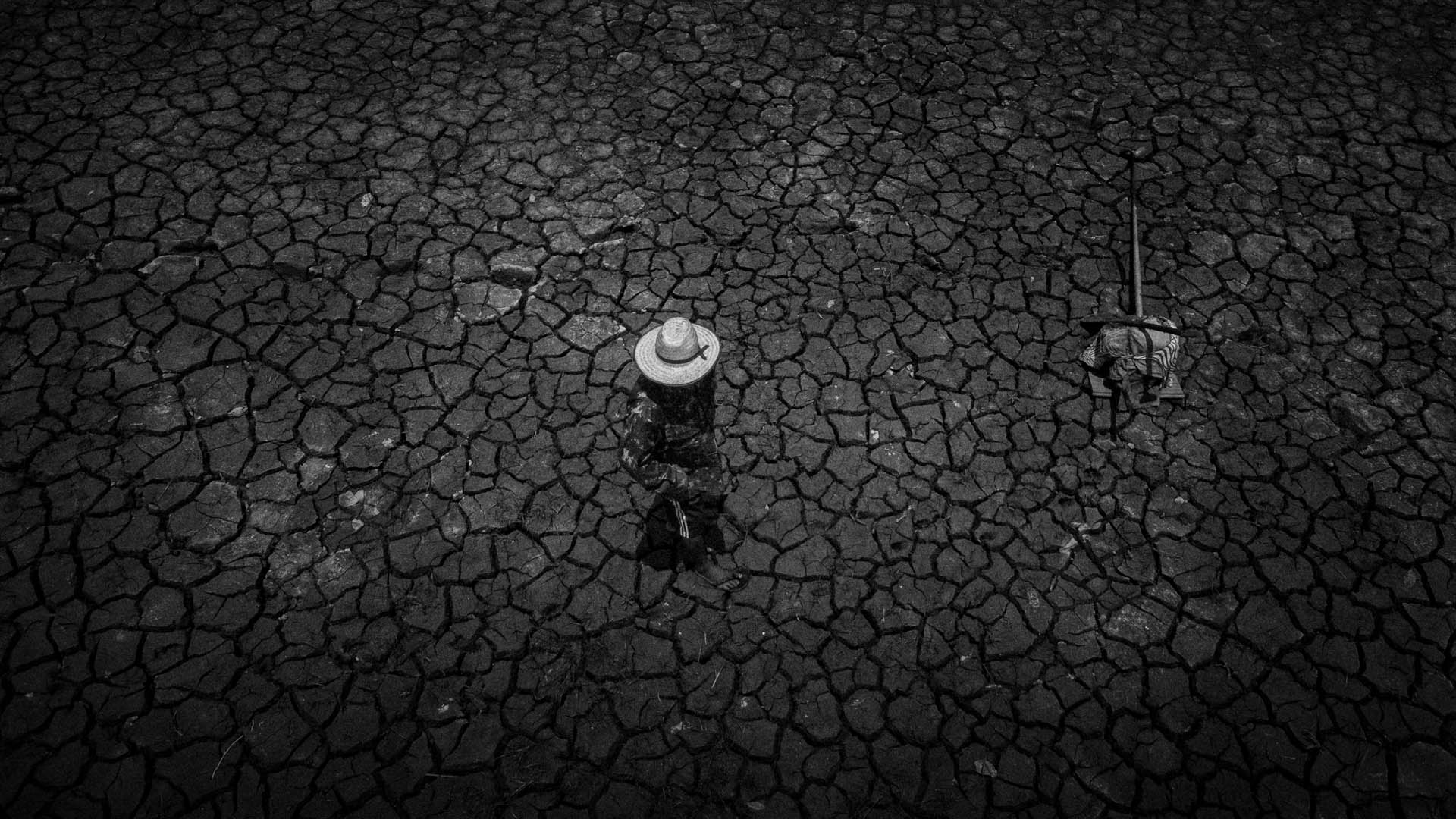


![]()
Raphael Alves’ series When the river of my childhood runs dry/Quando secar o rio da minha infância is his entry for the Photo Essay (Ensaio) category of the 2024 FOTODOC PORTFOLIO AWARD, a platform for publishing the work of Brazilian and foreign photographers, with annual prizes.
Organized by FotoDoc – Festival of Documentary Photography, the aim of the competition is to give visibility to the most diverse forms of photographic expression, without restriction of theme or approach, always seeking excellence in form and content.
![]()
Born in Manaus (Amazonas, Brazil), Raphael Alves studied Social Communication with a major in Journalism at the Federal University of Amazonas (UFAM), Photography at the State University of Londrina (UEL) and Visual Arts at the National Commercial Education Service (SENAC). He also holds a Master of Arts degree in Photojournalism and Documentary Photography from the London College of Communication / University of the Arts, in London (ING). Raphael’s work has won Pictures of the Year Latin America – POYLatam (2017 and 2021) and Pictures of the Year International POYi (2022), as well as the Getty Images Editorial Grant (2021). In 2023, his work won The Nature Conservancy Contest.
![]()
